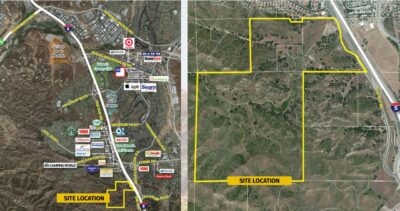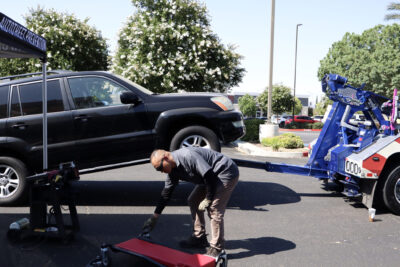Regarding Nancy Fairbanks, letters, July 5:
Hmmm. Nice try, Nancy. Superficially alarming.
Multi-year claims are not directly comparable to the annual budget balancing requirement. I found her voiced concerns tempered when compared to the scale of the entire budget of $322 billion.
So, a $2 billion deficit divided by $322 billion is less than 0.7%. That does not seem too alarming, and the claim by the Legislative Analyst’s Office that it is “roughly balanced” is a very modest understatement.
Here’s a thought exercise: Imagine if you were good enough to estimate your contractor’s bid for a new kitchen to 0.7% accuracy. Say you guess that his estimate will be $15,000 and he actually bids somewhere between $14,895 or $15,105. Wouldn’t you find your ability to come within 1% of his estimate an uncanny skill?
The $2 billion deficit seems much better than “rough.” It’s actually “really close” to the targeted number, especially since, in the end, the budget projects a $363 million surplus, which would obviate this single leading cause of unease for Ms. Fairbanks.
Lets’ jump to high speed rail. What a shame. Nonetheless, I’m making lemonade: Think of the welders and the construction specialists whose careers that have been generated by this longstanding boondoggle. Those construction specialties transfer to shipbuilding, nuclear power and infrastructure projects of all types. All those high-paying jobs for Californians will factor highly in the current federal administration’s gambit to spur an industrialization revival.
You are welcome, USA.
Nonetheless, if you want to follow the boondoggle, search the history of “AECOM” (the HSR lead contractor). You will find that AECOM has been faithfully supporting congressional inaction for more than 40 years. For example, in 1982 Congress passed the Nuclear Waste Policy Act, and ever since, AECOM has been managing/shuffling the nuclear waste so Congress can avoid actually realizing its legislated commitment. In the year that law was enacted, I was in France for a postgraduate tour and rode the Train à Grande Vitesse from Lyon to Paris. We traveled up to 180 mph for up to 10 minutes at a time. I was excited for the HSR but have become disappointed in the boondoggling of it even though many apprentices have benefited along the way to become journeymen.
Back to the California budget percentages, here is the impact of the Fairbanks numbers, tabulated:
• “Potentially” fraudulent homeless budget: $319.5 million, or ~0.1% of budget.
• Outcomes/effectiveness tracking are not a cost, though they’re presumed so in Nancy’s retrospective assessment. Their absences are potentially systemic defects requiring remedy.
• “Potentially” fraudulent Medi-Cal: about $570 million per year, or 0.177% of budget.
• $33 billion in pandemic-era fraud at the mercy of — guess who? — Congress. Looks like they prefer to let the statute of limitations expire rather than extend the limit. Not gonna count this one against California. If I did, it would be about a 2% problem.
• A $100 bump in State Disability Insurance withholding for someone earning $100,000 is a 0.1% increase, which is teeny. Nonetheless, stories about disability claims, including firefighters and ex-soldiers among them, are happening frequently enough to pay attention for sure. Thanks for the heads up.
• Oh dear. Your citation that a — speculative — study that an “up to 90 cent per gallon increase” in gas tax could occur. But it didn’t and it hasn’t. It may occur depending upon the business decisions of petroleum companies and of the worldwide cartel called OPEC.
So, the relevant facts as I see them are these:
Fairbanks is bent out of shape over a few budget items that amount to around 2-3% of the budget. Meh. Fourth largest economy in the world. She is willing to cite speculative data and “potentially” costly impacts. Thanks for the warning: Vigilance is the remedy for these concerns.
A personal impact of $1 out of every thousand earned is not going to be noticed. Consider it as you would a $999 fridge. Hint: That’s a $1,000 fridge.
Congressional inaction costs us a lot. However, boondoggles are real. Nonetheless, sometimes boondoggle work programs can have positive outcomes for participants and for the locale, for the state, and/or for the nation. Sometimes.
I feel like my portion of the impact of all Nancy’s concerns amounts to less than $200 of my taxes paid each year, which I find a hopeful expenditure, an investment, in pursuit of ever greater statehood and leadership. Maybe it will pay off, maybe it won’t.
California’s track record actually looks pretty good from a macro level. I’m not moved to betting against it.
Christopher Lucero
Saugus










